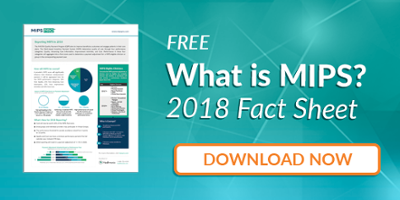
We get a lot of questions from multi-specialty practices about how to get started with MIPS reporting. Measure selection can be confusing, and there are many common misconceptions, such as the assumption that different specialties cannot report together. Reporting MIPS can even seem entirely hopeless, due to the size, services, and systems used by your practice. That’s why this week we’re sharing our advice about the most significant steps your multi-specialty practice can take to set itself up for MIPS success!
Report as a Group
Group reporting helps increase overall MIPS performance, creates more flexibility, and reduces workload. By combining each provider’s performance, any low scores of one provider can be lifted up by others who meet particular requirements. Additionally, group reporting allows practices to report on the services of their organizations at large instead of being restricted to the work of their individual providers. For example, there might be more applicable Quality measures for dermatologists than pathologists; rather than having some providers with high scores and others with low scores, group reporting ensures all providers are being accounted for and can maximize their score. Group reporting is also more efficient and limits the amount of data and attestations that need to be documented.
Select as Many Quality Measures as Possible
Determining which Quality measures to report on can be difficult. Measures can be even more challenging to select for multispecialty practices. Instead of trying to pinpoint specific Quality measures, practices should select as many as possible across all specialties. Throughout the year, the highest performing measures will stand out. Come submission time, those are the ones to submit in order to maximize your overall MIPS score. To further increase performance, multispecialty practices can also identify and focus on the departments that need the most assistance with MIPS.
Incorporate MIPS into Workflows
Each Quality measure contains its own specifications that determine performance. These specifications can be broken down into the denominator and numerator criteria. The denominator determines measure eligibility, while the numerator states whether performance is being met or not met.
While most practices succeed at recording denominator information, the real challenge is to ensure numerator information is being captured as well. This is a big reason why practices need to incorporate MIPS into their workflows. One way to do this is to ensure that your providers are documenting this information into their EHR/EMR system, or in paper notes. The other option is for administrative staff to supplement this information following each patient visit. This extra work is admittedly a burden that most practices are not willing to take on, but it does make the MIPS reporting process easier and more manageable over time.
Reporting MIPS as a multispecialty practice can be a daunting task, especially at first. However, by taking the actionable steps outlined above, multispecialty practices can truly make the most out of their MIPS reporting.

